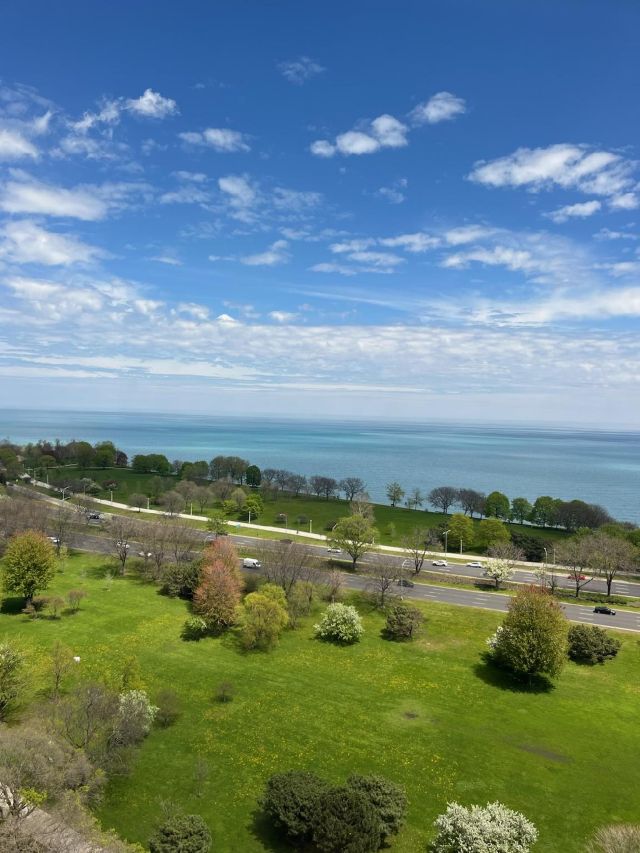Burning to prevent fire
Published 5:00 am Thursday, May 29, 2008

- Bend Metro Park and Recreation District worker Steven Beyer uses a pitchfork to dump a load of plant debris into a burn pile Wednesday during a brush clearing operation at Shevlin Park. The burning effort is a way to prevent bigger fires from scorching the area in the summer.
The rainy weather this week has been a good thing for the Bend Metro Park and Recreation District, which has set fire to piles of sagebrush as part of its annual effort to dampen summer wildfires, said Ed Moore, director of park services.
The idea is to get rid of the small fuels that could catch fire and spread a blaze to trees, he said, adding that groups across Central Oregon, from the U.S. Forest Service and the Bureau of Land Management to homeowners’ associations, take advantage of the spring weather to get rid of the small flammable vegetation that has built up.
Q: Why have controlled burns?
A: The Forest Service and BLM conduct most controlled burns in Central Oregon as a preventive measure before fire season, said Virginia Gibbons, fire information specialist with the federal agencies. Crews are aiming for a cool burn that remains on the ground, consuming small fuels like bitterbrush, debris from previous logging projects, dead wood and thin, dense trees. That way, those fuels don’t ignite during the hot summer months, when there’s a better chance that fire spreads up to the tops of trees.
“What we don’t want is fire running through the canopy, because that’s an unstoppable fire,” Gibbons said.
Q: When do crews burn?
A: There’s a narrow window based on the weather, Gibbons said. Temperature, wind speed, humidity and moisture in the vegetation have to be just right so fires will burn what needs to go, but not get out of control.
Usually in the spring, crews burn in April and May, but this year the high snow levels and cooler temperatures delayed the start to late April, she said. And this month, crews have run into issues with temperatures that are either too hot or too cold.
“This very variable weather pattern, it’s cut into our small window,” she said, adding she doesn’t know how many more burns the agencies will conduct this year.
Q: How do controlled burns work?
A: Depending on how big the controlled burn is, crews either use drip torches to ignite the forest understory, or drop ping-pong-ball-sized, self-igniting balls of fuel from helicopters if the area is big enough.
Crews control the burn by varying how much they ignite, monitoring how much is burning and making adjustments as they go, she said. They also dig fire lines beforehand to keep fires from spreading beyond the desired boundaries.
Q: What do fire managers want the forest to look like after the burn?
A: The idea behind many controlled burns is to open up the often-overcrowded ponderosa pine forests, where trees compete for soil and sunlight, Gibbons said.
“There’s not as many trees, but they’re allowed to grow bigger and healthier,” she said.
Ponderosa pine forests used to burn with cooler fires much more frequently, clearing out the underbrush, so controlled burns are one method to get rid of the buildup that has occurred since people started suppressing fires about a century ago.
Q: What does the summer’s fire season look like?
A: Based on the climate and fire history of previous years, fire forecasters think there could be less lightning this summer than average, said Dan O’Brien, fire analyst with predictive services at the Northwest Coordination Center in Portland.
Still, July and August will be hot and dry, he said, and there will probably be a few fires over 1,000 acres in Oregon and Washington.
— Kate Ramsayer, The Bulletin






